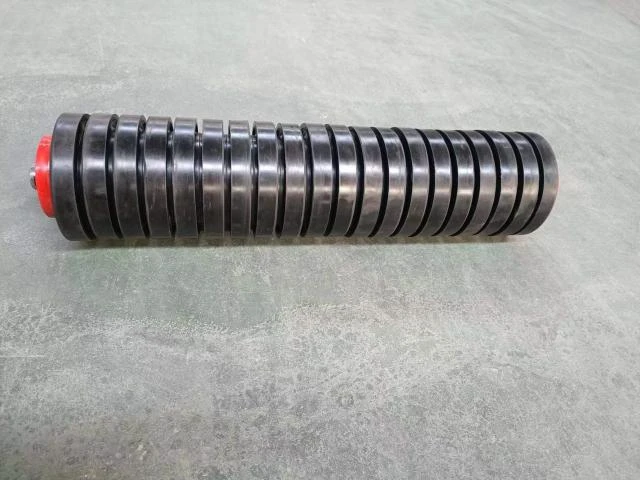 Afrikaans
Afrikaans  Albanian
Albanian  Amharic
Amharic  Arabic
Arabic  Armenian
Armenian  Azerbaijani
Azerbaijani  Basque
Basque  Belarusian
Belarusian  Bengali
Bengali  Bosnian
Bosnian  Bulgarian
Bulgarian  Catalan
Catalan  Cebuano
Cebuano  Corsican
Corsican  Croatian
Croatian  Czech
Czech  Danish
Danish  Dutch
Dutch  English
English  Esperanto
Esperanto  Estonian
Estonian  Finnish
Finnish  French
French  Frisian
Frisian  Galician
Galician  Georgian
Georgian  German
German  Greek
Greek  Gujarati
Gujarati  Haitian Creole
Haitian Creole  hausa
hausa  hawaiian
hawaiian  Hebrew
Hebrew  Hindi
Hindi  Miao
Miao  Hungarian
Hungarian  Icelandic
Icelandic  igbo
igbo  Indonesian
Indonesian  irish
irish  Italian
Italian  Japanese
Japanese  Javanese
Javanese  Kannada
Kannada  kazakh
kazakh  Khmer
Khmer  Rwandese
Rwandese  Korean
Korean  Kurdish
Kurdish  Kyrgyz
Kyrgyz  Lao
Lao  Latin
Latin  Latvian
Latvian  Lithuanian
Lithuanian  Luxembourgish
Luxembourgish  Macedonian
Macedonian  Malgashi
Malgashi  Malay
Malay  Malayalam
Malayalam  Maltese
Maltese  Maori
Maori  Marathi
Marathi  Mongolian
Mongolian  Myanmar
Myanmar  Nepali
Nepali  Norwegian
Norwegian  Norwegian
Norwegian  Occitan
Occitan  Pashto
Pashto  Persian
Persian  Polish
Polish  Portuguese
Portuguese  Punjabi
Punjabi  Romanian
Romanian  Russian
Russian  Samoan
Samoan  Scottish Gaelic
Scottish Gaelic  Serbian
Serbian  Sesotho
Sesotho  Shona
Shona  Sindhi
Sindhi  Sinhala
Sinhala  Slovak
Slovak  Slovenian
Slovenian  Somali
Somali  Spanish
Spanish  Sundanese
Sundanese  Swahili
Swahili  Swedish
Swedish  Tagalog
Tagalog  Tajik
Tajik  Tamil
Tamil  Tatar
Tatar  Telugu
Telugu  Thai
Thai  Turkish
Turkish  Turkmen
Turkmen  Ukrainian
Ukrainian  Urdu
Urdu  Uighur
Uighur  Uzbek
Uzbek  Vietnamese
Vietnamese  Welsh
Welsh  Bantu
Bantu  Yiddish
Yiddish  Yoruba
Yoruba  Zulu
Zulu Conveyor Pulley Design and Performance Standards for Optimal Material Handling
Conveyor Pulley Specifications An Overview
Conveyor systems play a vital role in industries ranging from mining to manufacturing, facilitating the efficient transport of materials. A crucial component of these systems is the conveyor pulley, which is essential for the functioning and performance of the conveyor belt. Understanding the specifications of conveyor pulleys is important for selecting the right equipment for specific applications and ensuring optimal operation. This article will delve into key specifications for conveyor pulleys and their significance in enhancing system performance.
Types of Conveyor Pulleys
Conveyor pulleys come in various types, each designed for specific functions. The most common types include
1. Drive Pulleys These are used to drive the conveyor belt and are typically installed at the discharge end of the conveyor. They are essential for motion and can either be powered or passive.
2. Idler Pulleys Found throughout the conveyor system, idler pulleys help support the belt, maintaining its alignment and tension. These are critical for minimizing belt slack and ensuring consistent operation.
3. Tail Pulleys Located at the loading end of the conveyor, tail pulleys serve to help maintain belt tension and alignment. They play a key role in returning the belt after it has discharged the material.
4. Snub Pulleys These are used to increase the wrap angle of the belt around the drive pulley, enhancing traction and efficiency. Snub pulleys are crucial in applications requiring higher friction to move materials effectively.
Material and Construction
The material selection for conveyor pulleys is paramount to their durability and performance. Most pulleys are constructed from either steel or aluminum, chosen based on the application at hand. Steel pulleys are more robust, making them suitable for heavy-duty applications, while aluminum pulleys are lighter and resist corrosion, thus ideal for lighter loads and environments prone to rust.
Additionally, conveyor pulleys can be coated or treated to enhance their resistance to wear and environmental impacts. Common treatments include powder coating and galvanization, which help prolong life and reduce maintenance costs.
conveyor pulley specification

Size and Dimensions
When selecting a conveyor pulley, the size and dimensions are critical specifications. The diameter of the pulley affects the belt’s operational speed and tension. Common diameters range from 3 to 24 inches, with larger diameters typically being more effective for heavy loads. The length of the pulley is also notable, as it must align with the belt width to ensure proper contact and minimize friction.
Load Capacity and Strength
Another significant factor is the load capacity of the pulley, which is determined by both the material used and the geometry of the pulley. It is essential to select pulleys that can withstand the maximum expected load to prevent failure. The strength of the pulley must match the requirements of the conveyor system, taking into consideration factors such as the weight of materials being transported, operating speed, and the incline or decline of the conveyor.
Bearing Types
The bearings used in conveyor pulleys significantly affect their performance and longevity. Common bearing types include roller bearings, spherical bearings, and sealed bearings. Each type has distinct advantages. For example, roller bearings offer high load capacity, while sealed bearings minimize the entry of contaminants, thereby reducing maintenance needs. Selecting the appropriate bearing type based on the operating environment and load conditions is essential for achieving optimal performance.
Maintenance and Inspection
Regular maintenance and inspection of conveyor pulleys are crucial to ensure their longevity and efficient operation. Key aspects of maintenance include checking for wear and tear, ensuring proper alignment, and verifying that bearings remain lubricated. Implementing a scheduled inspection routine can prevent unexpected failures and costly downtime.
Conclusion
In conclusion, understanding conveyor pulley specifications is essential for selecting the right components for your conveyor systems. By considering types, materials, sizes, load capacities, bearing types, and maintenance practices, industries can enhance the efficiency and reliability of their material handling processes. Investing in quality conveyor pulleys and adhering to maintenance schedules will lead to improved operational outcomes and reduced long-term costs.
-
Revolutionizing Conveyor Reliability with Advanced Rubber Lagging PulleysNewsJul.22,2025
-
Powering Precision and Durability with Expert Manufacturers of Conveyor ComponentsNewsJul.22,2025
-
Optimizing Conveyor Systems with Advanced Conveyor AccessoriesNewsJul.22,2025
-
Maximize Conveyor Efficiency with Quality Conveyor Idler PulleysNewsJul.22,2025
-
Future-Proof Your Conveyor System with High-Performance Polyurethane RollerNewsJul.22,2025
-
Driving Efficiency Forward with Quality Idlers and RollersNewsJul.22,2025





























